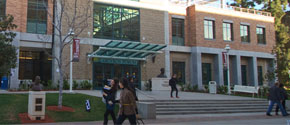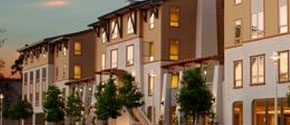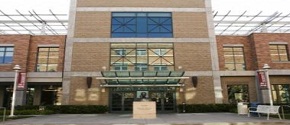- Campus Services
- Budget Office
- Campus Controller
- Campus Planning and Design
- Career and Professional Development
- Event Operations
- Facilities Management
- Fire & Life Safety
- Institutional Compliance and Internal Audit
- Institutional Research and Decision Support
- Legal Affairs
- Mail Services
- Marketing and Public Affairs
- Parking Services
- Public Safety
- Sustainability
- Copy Jobs
- Campus Resources
- Marketing and Public Affairs
»Environmental Audit 2015
The topics covered in this year's audit include retro-commissioning, retrofits, behavior change, energy efficiency, LEED EBOM certification, and sustainability policies. For retro-commissioning, retrofits and behavior change, a chapter was given to both the main campus analysis and residence hall analysis. For an overview of the audit read the introduction, written by Jennifer Bowen.
View the 2015 Environmental Sustainability Audit Executive Summary

Energy Efficiency on the Main Campus
Maintaining energy efficiency in academic buildings is critical for conserving energy consumption on the main campus. It is important for the university to evaluate methods of optimizing demands in the summer and winter months, such that buildings maintain efficiency with future building construction and reduce energy bills for each fiscal year.
LEED EBOM analysis of Argyros Forum
Argyros Forum is the central of Chapman’s main campus culture. This chapter looked at the buildings potential to be a LEED EBOM certified building. By taking a step forward and pursuing green building certification for Argyros Forum, Chapman would demonstrate its commitment to the sustainability policy.
Main Campus Retrofits
This chapter of the 2015 Environmental Audit examines current lighting in three main campus buildings and provides information on energy saving lighting retrofits.
On Campus Behavior Change
Inducing behavior change over a large body of people has proven to be a difficult task. Nonetheless, it is an important approach to reducing energy consumption and cutting costs
Residence Hall Retrofits
This chapter of the 2015 Environmental Audit will help identify potential retrofits that will help Chapman University Residence Halls improve on electricity consumption for lighting.
Residence Life Retro-commissioning
With each year that passes, Chapman University’s student population continues to grow. This rising influx of new first year students resulting in the residence halls plays a big role in understanding and managing resource consumption. The residence halls combined use roughly 16% of Chapman’s overall energy, and about 40% of Chapman’s overall water, making it an important component of this audit.
Energy Behavior Change in Residence Halls
Now is the time to look to our students for help with reducing Chapman's rising residential energy demand. A well constructed behavior change program can build community, foster student-involvement, create fun incentives, and save an additional 4-12% a year on energy bills.